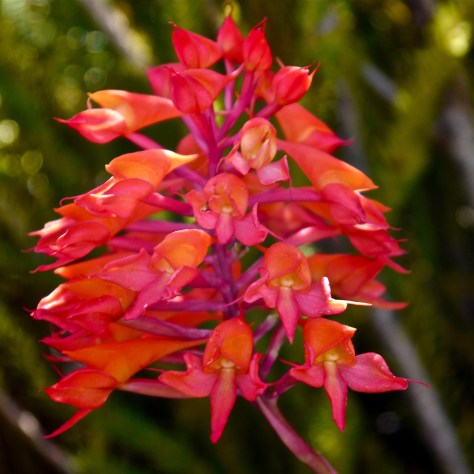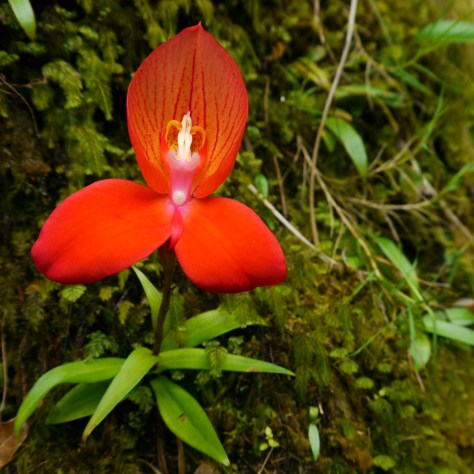The average student needs some time off every now and again. After a week of studying for a chemistry test, we thought it’s time to treat ourselves. Consequently we let ourselves loose on the Kogelberg 24km trail!
As seen in the video it was a clear and hot day. By the time we arrived at the beach our feet were aching and we were in desperate need of some refreshment before the last push home. Jumping into the cool mountain water after the long hike was a feeling I’ll never forget.

Another special sighting we made was of the Red Cluster Disa (Disa ferruginea) hidden between the fynbos adjacent to the trail. Being a big fan of orchids, I considered myself very lucky to see this scarce and special flower.

I hope you enjoy the video and the photos. Feel free to comment, like and subscribe.




















